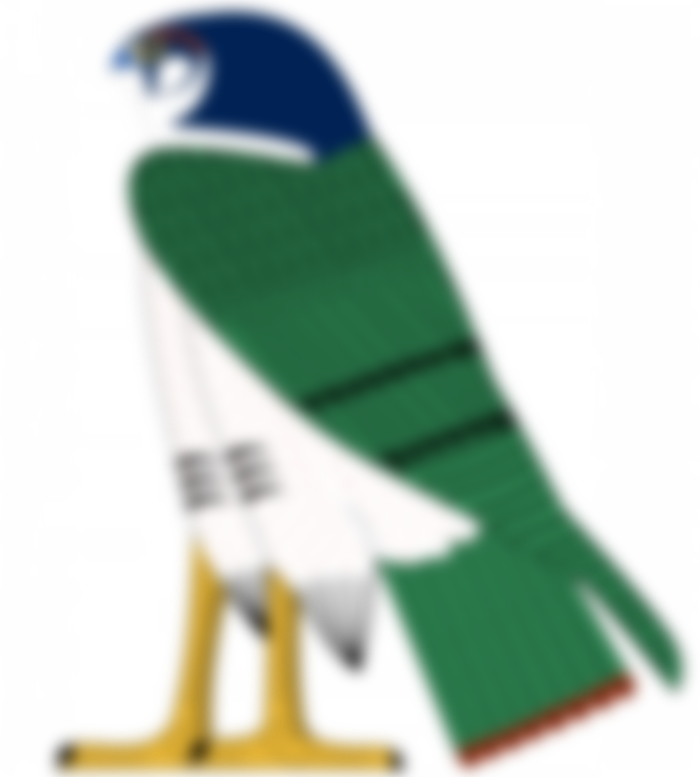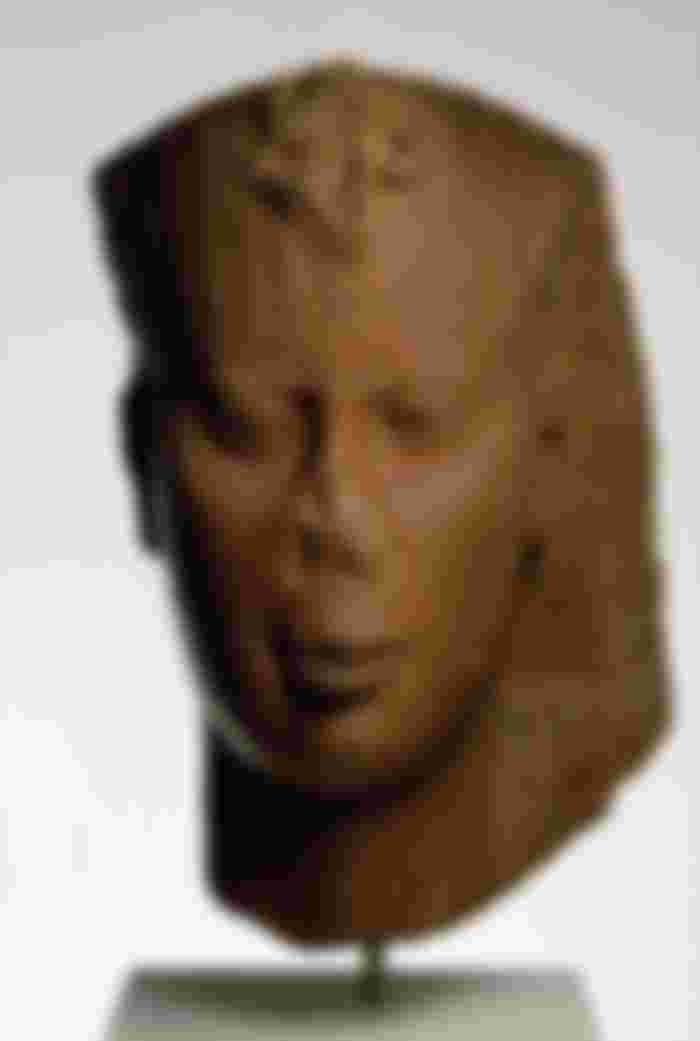Who doesn't know the story of Cinderella? After her father died, Cinderella became disgusted with the abuse of her stepmother and sisters. One day everyone left him and went to a ceremony at the palace. Just then Cinderella's fairy appeared. With the touch of a magic wand, Cinderella's torn clothes became a precious and extraordinary garment.
The fairy gave him a glass slipper to cover his feet. Cinderella went to the palace, the prince was fascinated to see her. But the magic of the fairy lasted only until midnight. So at twelve o'clock, Cinderella disappeared, forgetting her shoes. The prince finds him with those shoes. Then, as is usually the case in fairy tales, everyone lived happily ever after.
With this story, Disney made their famous animated film in 1950, which was later remade as live action in 2015. Disney adapted their story by refining Cinderella by the French storyteller Charles Perrault. Cinderella's story is probably the most well-known and most widely read in the Paralta storybook "Stories of Past Times with Mores" (Histoires ou contes du temps passé) published in 1896. But this story has been going on for a long time, where the main melody of the story is the same except for the name of the character. Most believe that the oldest form of Cinderella is found in an Egyptian story.

Egyptian Cinderella
The story of Cinderella from ancient Egypt is told to us by the geologist Strabon. His life span was from 64 BC to 24 AD. He narrates this story in the second volume of his book Geographika. Although the first volume of Geographica was published in 7 AD, it is not known when the second volume was first published, but certainly before 24 AD.

Cinderella in Strabo's story is named Rhodopis, a beautiful young Greek woman. His skin was pale, his long hair was bright red, and his eyes were like emeralds. The name rhódon means rose, and peace means eye. As the name implies, her eyes were as charming as a rose.
Young Rhodopis
Rhodopis was born at a time when pirates ruled the seas. The beautiful Rhodopis was riding a goat one day when a robber's eye fell on him. The jeweler understood that if he could sell this girl, it would be a good profit. As a result, he was abducted by a group of pirates. Rhodopis's address is on an unknown island, the property of a wealthy slave owner. Here he is introduced to a story by Das, Ishp. Rhodopis learned songs from him.
Rhodopis and Eshop did not get a chance to stay together for long. The Greek girl was not liked by her owner, so she was taken to the Egyptian city of Naukratis and sold. Its new owner is Charaxos, a Greek merchant. This kind old man was kind to her, which caused the other maids of the Rhodopis household, especially the three Egyptian sisters, to become blind. Invisible to Characross, they put all their work on Rhodopis's neck. The unfortunate Rhodopis began to pull the strings of everyone's work alone.

The lone Rhodopis was accompanied by animals. They loved him as Rhodopis loved them. As soon as he reached the shores of the Nile, a monkey would sit on his shoulder and the birds would eat from his hands without fear. The hippopotamus would come ashore just to be his companion. Every day after work, Rhodopis would go to the river, where he would dance with his friends and try to forget his misfortune.
One day the weather was extremely nice. Everyone's souls were gathering in the cool comfortable air. Charaxos went to the riverbank to enjoy the beauty of nature, where he fell asleep under a tree. Suddenly he woke up. At first he did not understand why. Then a sweet voice like a water wave came to his ears. Following the words, he saw Rhodopis, a spectator of animals, singing a wonderful song. Fascinated, Charaxos made a pair of precious shoes to reward his maid. Those shoes were soft and red like roses, even the elite women of Egypt never wore such extraordinary shoes. Charaxos gifted this pair of shoes to Rhodopis. As a result, the other maids of the house became more hostile towards him.
Royal ceremony
The center of power in Egypt was then Memphis. The mighty Pharaoh Amasis announced that he was going to host a grand ceremony at the royal court. There will be dancing, singing and entertainment. All the elites of Egypt were invited, including Characross. He decided to take his maids with him so that they could make everyone there happy. Rhodopis had a great desire to go to the ceremony and dance and sing to surprise everyone. But the crooked maids let it be. They handed over one hundred and one tasks to Rhodopis on the pretext of their absence, saying that the boss had instructed them to complete them immediately. Rhodopis must have stayed, watching as his master's ship sailed across the Nile to Memphis.

When everyone left, the lonely Rhodopis came to the river bank to wash his dirty clothes. He soaked his clothes and started singing loudly. He had the shoes given to him by the owner. When the shoe got wet in the splashing water, Rhodopis left it open and returned to work. He came down to take a bath, took off his shoes and left them on the shore. But what is this! One of the shoes he had taken off was immediately grabbed by a hawk. Rhodopis sighed. But he realized that the hawk was a replica of the god Horus (a symbol of the hawk in ancient Egyptian belief). So he left the fate to the gods and hid the other cloth under his shirt.

Meanwhile, Pharaoh was sitting in the royal court of Memphis, watching the royal ceremony with annoyed eyes. He thought it would cheer him up. But what's the key. Nothing good! Suddenly a hawk flew over his head, and a pair of red shoes fell from his lips. The shoe came back to the king's lap. He dropped his shoes and passed the lightning, his work was over.
Shoes do not fall on the king's lap every day. Again, the hawk does not drop its shoes. Like Rhodopis, Amasis understood the hint of the god Horace. The gesture of the gods means order, and for Pharaoh that order is supreme. Amesis immediately closed the event. He ordered all the virgin girls in Egypt to wear these shoes. He will make his wife, the queen of Egypt, the one whose shoes fit his feet. The ceremony ended as soon as Charaxos arrived.
Rhodopis-Queen of Egypt
The king's men found all the cities in Egypt and made copper. But it was not found that the virgin, the god Horus wanted to be the bride of Amasis. This time Amasis floated the ship on the blue chest, stopped at each port on the way to check if anyone had shoes on their feet.

Rhodopis was washing clothes in the river one day. At that moment the royal horn sounded. The silky purple sails of Pharaoh's ship floated on the horizon. The frightened Rhodopis hid in the forest, unaware that Pharaoh was walking around with his shoes in search of its owner. Charaxos welcomed Amesis to the grand ceremony. All the virgins in her house walked with shoes on their feet to prove themselves the queen of Ames. Charaxos did not see the shoes, but the maids of his house understood who the shoes were. But no one opened his mouth out of jealousy. Instead, he tried to force his foot into the shoe.
But the shoes of Rhodopis do not match the size of anyone's feet. Pharaoh was disappointed. And wondering how long the gods would turn him around like this, his eyes fell on the reed forest. A young woman's face was peeking out from there. Pharaoh called him. Rhodopis stepped forward. Amasis handed him the carefully worn red shoe. Rhodopis slipped his foot into the shoe, and it slipped effortlessly. This time Rhodopis took out the second rug from the bottom of the dress. Pharaoh is lost in joy, I have found it. He declared Rhodopis his wife. Fortunately for Rhodopis, everyone who was burning with anger protested that this girl was just a maid, moreover, she was not Egyptian. Pharaoh told them that in his eyes Rhodopis was more Egyptian than the others, because Rhodopis's eyes were as blue as blue, his hair was like papyrus, and his skin was as bright as an Egyptian lotus.

Historical basis
Surprisingly, Rhodopis is not only a fictional character, but also finds its way into the pages of history. He is mentioned in the book "The History" by the Greek historian Herodotus, written in 431 AD. However, there is not much similarity between the story of Herodotus' Rhodopis and Strabo's Rhodopis. Many claim that Strabo used Herodotus' Rhodopis to tell his own story.
According to Herodotus, Rhodopis lived in the city of Neucratis, during the reign of Pharaoh Amasis II (570-526 BC). His job was to entertain the rich people of the city (hetaira). Rhodopis himself was wealthy, and his admirers numbered in the thousands. Many Greeks believe that Rodopis built the Menkaure pyramid for himself. But Herodotus refutes this statement completely, pointing to the profession of Rhodopis.

According to Herodotus, Rhodopis Thracian was a young woman who was first the maid of Edmon, a native of the island of Samos in the Aegean Sea. Another of Edmon's slaves was Ishp, whose short stories have become legends. Edmundo sells Rhodopis to another slave-owner, Xanthes, who brings him to Necrates, Egypt. Here, a Greek named Charaxos fell in love with Rhodopis. Charaxos was based in Mytilene, the capital of the Greek island of Lesbos. His sister is the famous Greek poet Sappho who is compared to Homer.
Charaxos bought Rhodopis at a high price and released him, hoping that Rhodopis would return to Mytilin with him. But business was booming in Rhodopis Neucrates. Sappho also wrote a poem blaming Rhodopis for breaking Charaxos' heart. But there he addressed her as Doricha. So there is disagreement as to whether Rhodopis actually had anything to do with Charaxos, but it is also suggested that Rhodopis may have used the name Doricha for business purposes, or that it may have been his birth name.
In an effort to expand his business, Rhodopis decided to offer something to Oracle at the Apollo Temple in Delphi that no one had done before. In those days it was very normal to donate to the temple to rise to the top of the society. Can you guess what Rhodopis donated? Many iron rods were used to burn the flesh of animals sacrificed in the building. It cost him as little as possible. But as a result, his name spread in people's mouths. He died in Necrates, and hundreds of thousands of devotees paid their respects.

Debate
Many experts believe that the detailed story of Rhodopis as the Egyptian Cinderella is not Egyptian at all, and that the story is actually only a hundred years old. In support of their point, they point out that Strabo's description is actually very brief. The author of the story based on this is literally Olive Beaupre Miller (1883-1968 CE), a native of Illinois, USA. He combined the stories of Peralta and Strabo together to create the story for the children. With her husband, she ran a publishing house. From there, he included Rhodopis: The First Cinderella Story in his 1920 book, Through Fairy Halls.
Whoever is the original author of this story, it is true that the story of the Egyptian Cinderella is no less fascinating than the story we know!








